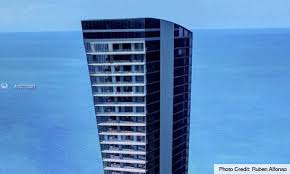Attire Guidelines
For all contractors and service providers working on our premises, it is essential to adhere to our attire guidelines to ensure safety and professionalismAppropriate clothing should be worn at all times, which includes clean and pressed attire that is conservative and suitable for a professional environment1Personal protective equipment (PPE), such as hard hats, safety glasses, and gloves, must be used as required by the job tasks2. Footwear should be sturdy and protective, preferably with steel toes, to safeguard against potential hazards. Reflective safety vests are also required for visibility, especially in areas with vehicle traffic or low lightingHairstyles should be neat, conservative, and if long, tied back to avoid any interference with work activities1. Facial hair must be well-groomed and trimmed. Adherence to these guidelines ensures a safe and professional work environment for everyone involved.
Safety Guidelines
Service Providers: This is a broad term that encompasses anyone who comes to a property to perform a service, from plumbers and electricians to cleaners and dog walkers. Vendors: This term is often used for people or companies who provide specific services on a regular basis, like cleaning crews or maintenance technicians. Contractors: This term is typically used for skilled workers who are hired for specific projects, such as renovations or repairs. Guest Workers: This term is sometimes used for people who are providing a one-time service, such as appliance repair or furniture assembly. Delivery Personnel: This term is specific to people who are delivering goods, such as packages, groceries, or furniture. Here are some additional things to consider: Condominium Associations often have specific guidelines or requirements for service providers. These might include requiring proof of insurance, background checks, or prior approval for access to common areas. Building Management may have specific procedures for scheduling service appointments and ensuring proper access for workers. a property to perform a service, from plumbers and electricians to cleaners and dog walkers. Vendors: This term is often used for people or companies who provide specific services on a regular basis, like cleaning crews or maintenance technicians. Contractors: This term is typically used for skilled workers who are hired for specific projects, such as renovations or repairs. Guest Workers: This term is sometimes used for people who are providing a one-time service, such as appliance repair or furniture assembly. Delivery Personnel: This term is specific to people who are delivering goods, such as packages, groceries, or furniture. Here are some additional things to consider: Condominium Associations often have specific guidelines or requirements for service providers. These might include requiring proof of insurance, background checks, or prior approval for access to common areas. Building Management may have specific procedures for scheduling service appointments and ensuring proper access for workers.
Load & Unload Details
Designated Loading Zone: For short-term loading and unloading, please use the designated loading zone located in [insert location description, e.g., near the main entrance, south side of the building]. This zone is for temporary use only (typically 15-30 minutes). Please do not leave your vehicle unattended for extended periods. Visitor Parking: If the designated loading zone is unavailable, you may temporarily park in a visitor designated space. Be sure to check the signage for visitor parking time limits. Unloading Assistance: While we cannot provide personnel to assist with unloading, please contact the building management office at [phone number] in advance if you require special accommodations for large deliveries. Parking Reminder: Please be courteous of your neighbors and avoid blocking driveways or designated parking spaces while loading or unloading.
Parking Details
When visiting our property for work, it’s important to dress appropriately to ensure your safety and compliance with our guidelines. All workers are required to wear short-sleeve or long-sleeve shirts that fit snugly to avoid getting caught in machinery. Sleeveless tops are not permitted. Long pants are also mandatory to protect against potential hazards like sparks and debris. Hard hats must be worn at all times to guard against head injuries, and safety glasses are necessary for eye protection. We also require sturdy work boots, preferably with steel toes, to protect your feet from sharp objects. Gloves with a safety rating of two or three are recommended to safeguard your hands. Lastly, brightly colored reflective safety vests are required to ensure you are visible at all times, especially in low light conditions. Please refrain from wearing any jewelry and keep long hair tied back to prevent any accidents.
Elevator Details
*Elevator: Capacity: Weight (**refer to your building specifications, typical capacities range from 2,500 lbs to 5,000 lbs **) *Dimensions (Width (5 ft.) x Depth (8 ft.) x Height (8 ft.)) Elevator Protection: We recommend using protective materials (e.g., padding, blankets) to protect the elevator walls and floor during use.

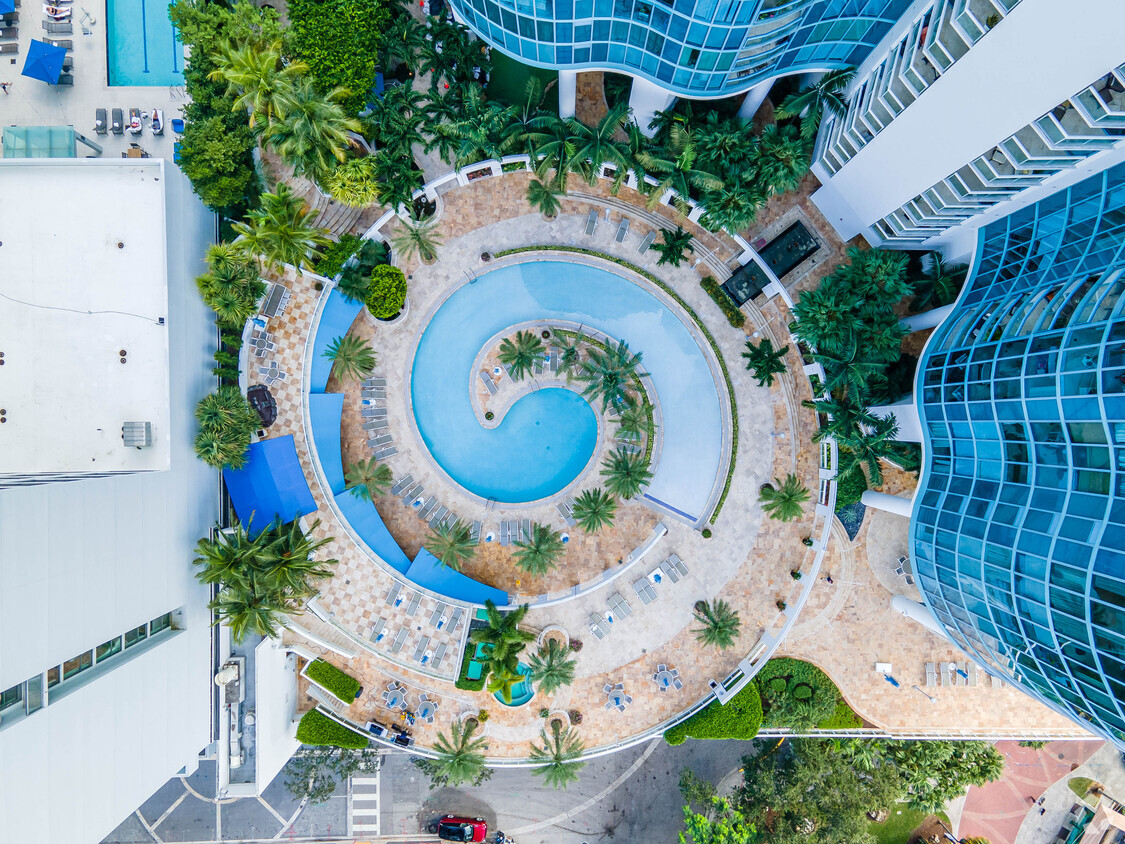
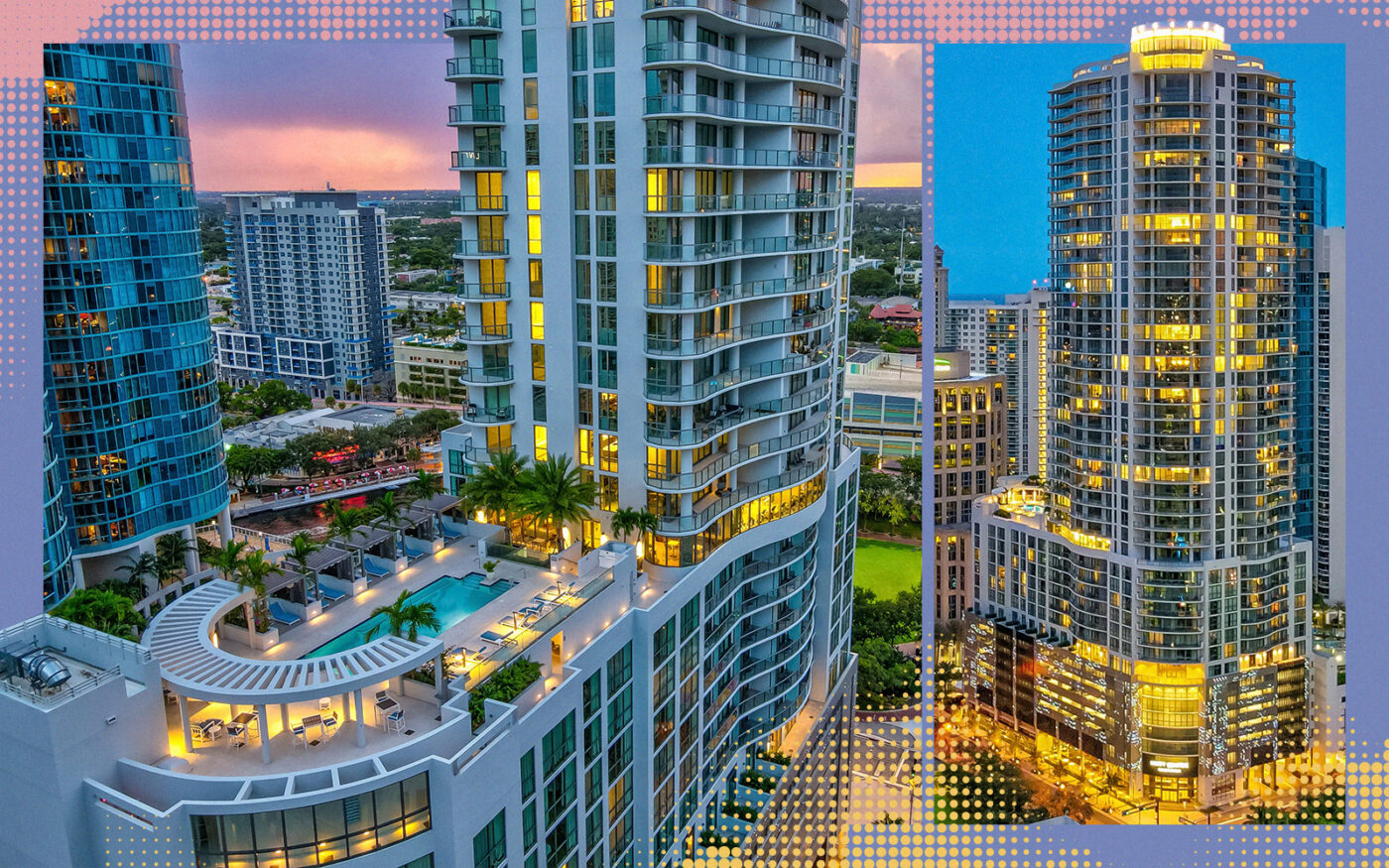
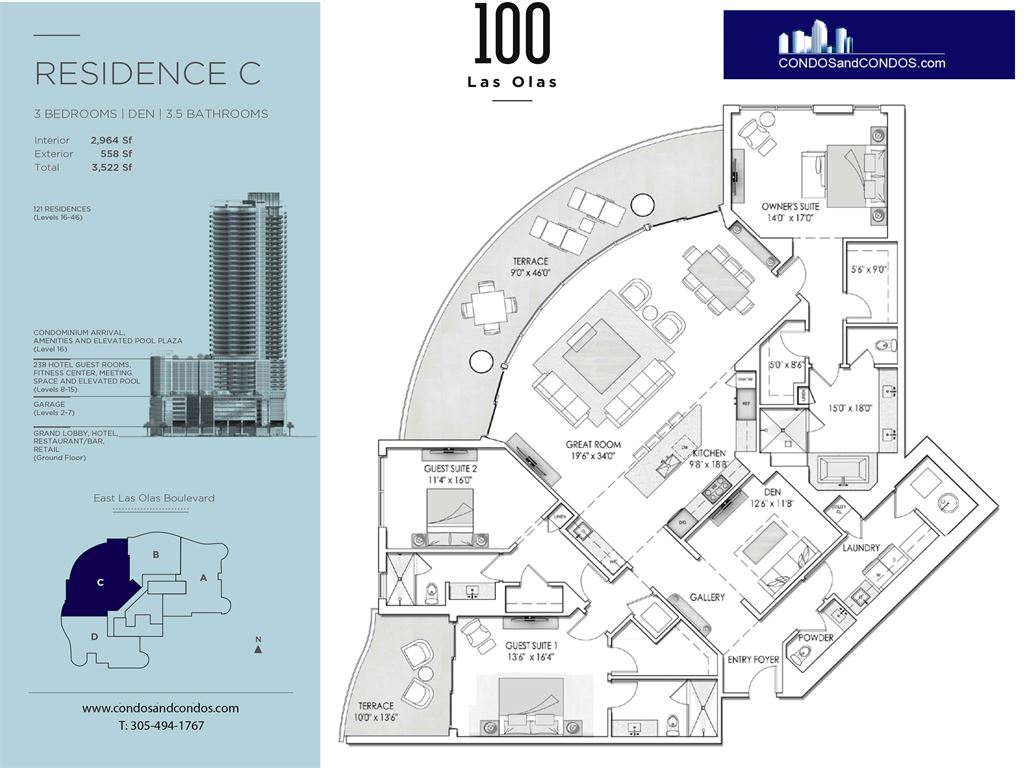
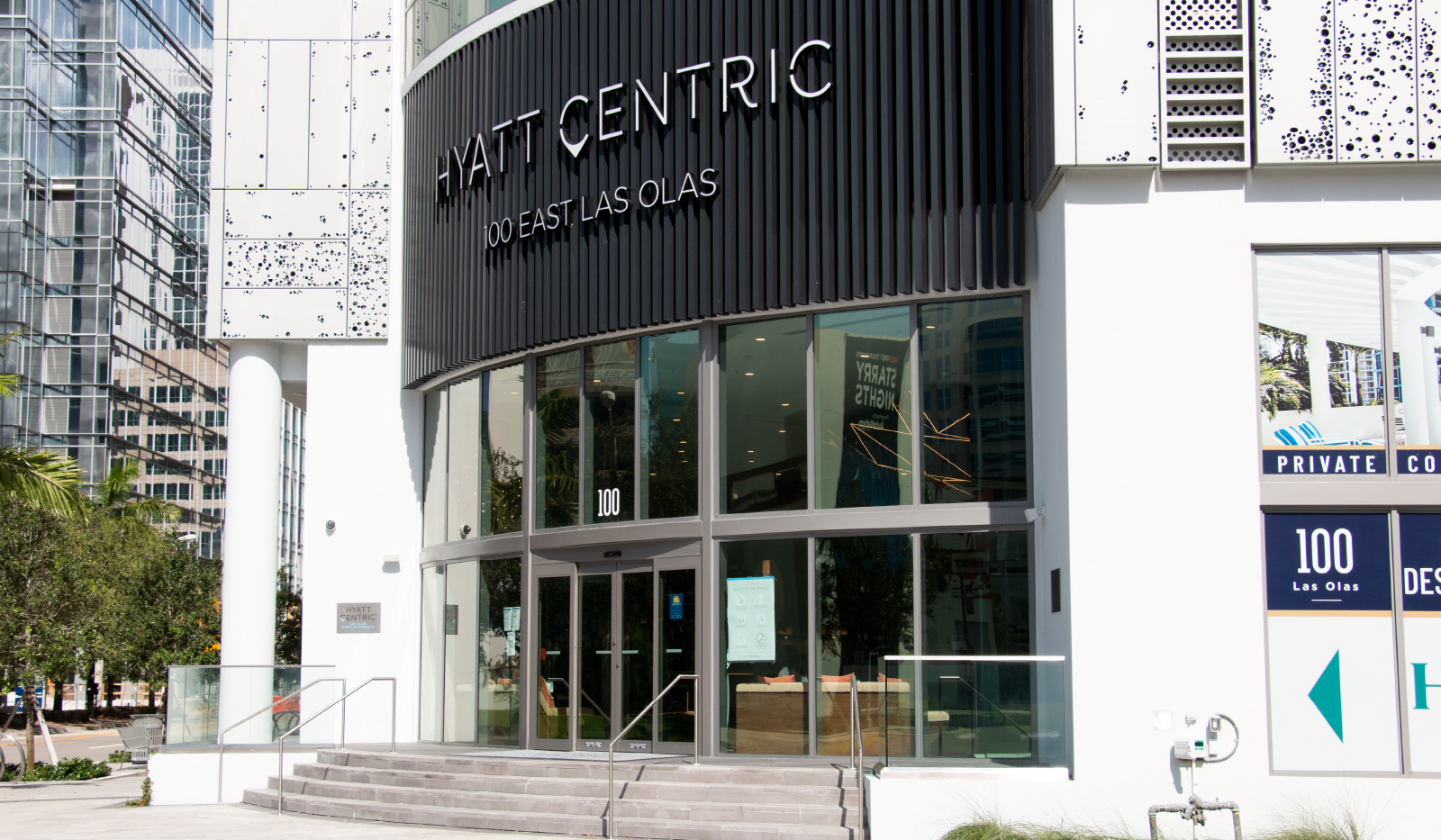


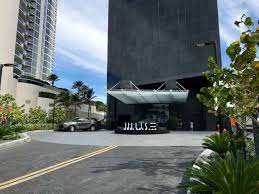

 >
>